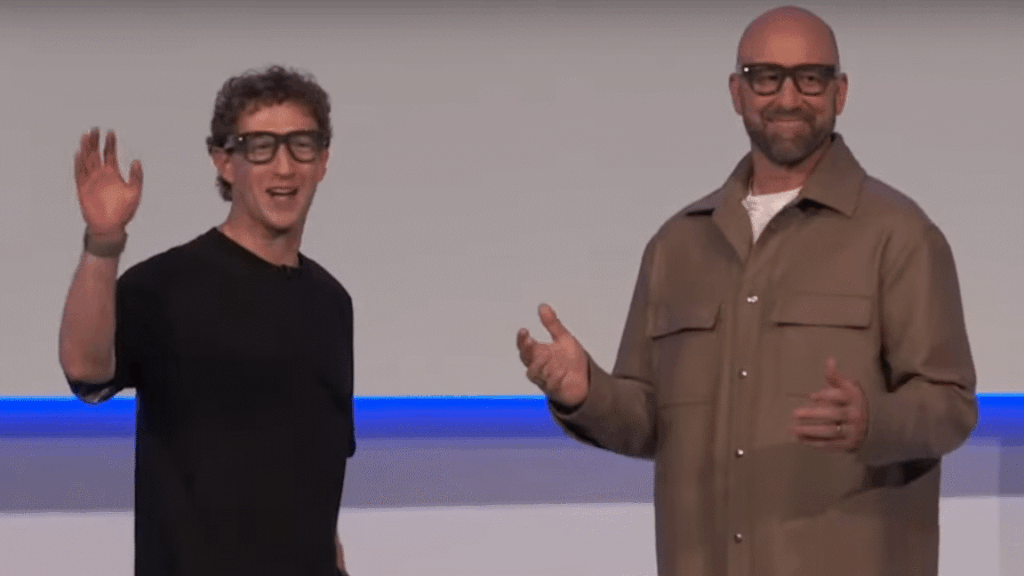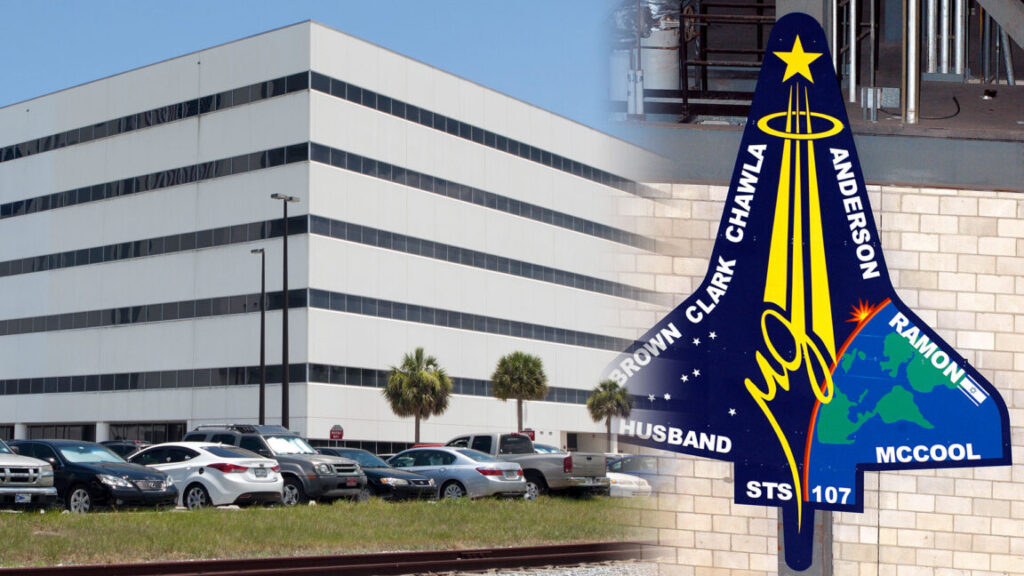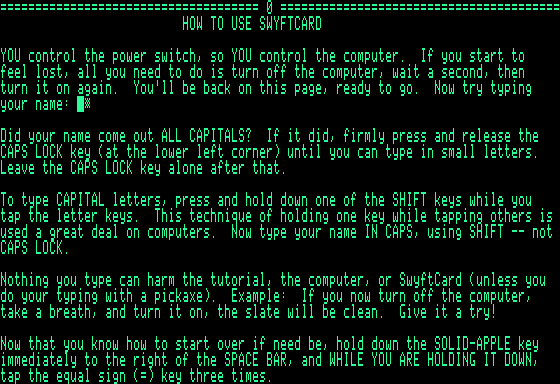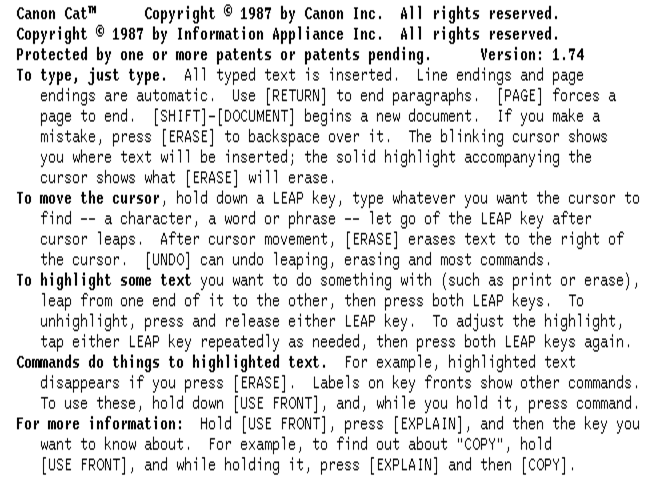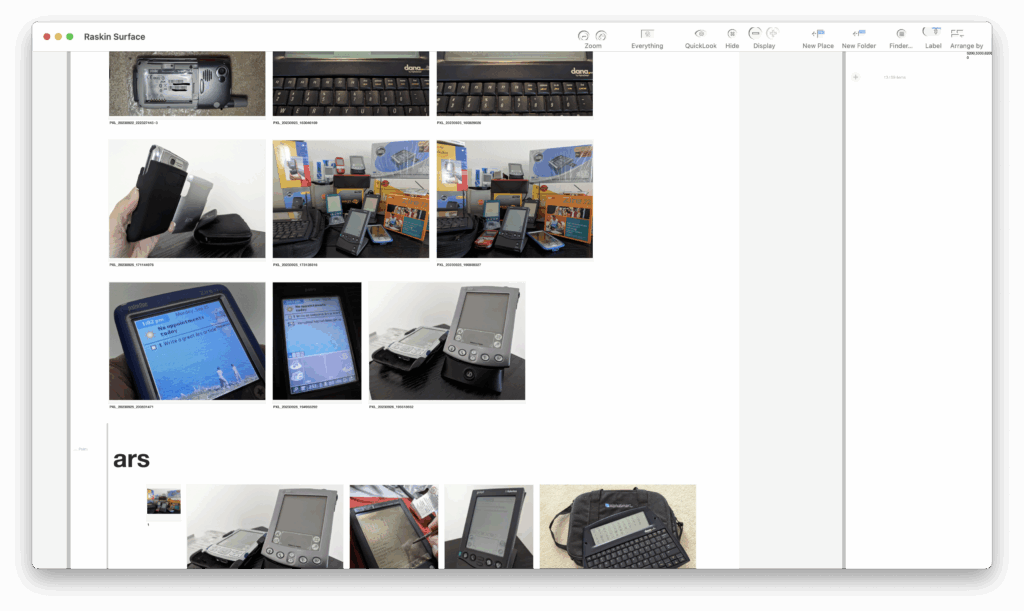FCC derided as “Federal Censorship Commission” after pushing Jimmy Kimmel off ABC
Disney does FCC chair’s bidding, suspends Kimmel show over Charlie Kirk comment.
Jimmy Kimmel at The Walt Disney Company’s 77th Emmy Awards Party on September 14, 2025 in Los Angeles Credit: Getty Images | Chad Salvador
ABC pulled Jimmy Kimmel’s show off the air yesterday, shortly after Federal Communications Commission Chairman Brendan Carr urged the Disney-owned company to take action against Kimmel or face consequences at the FCC over Kimmel’s comments about Charlie Kirk’s killer.
Carr appeared on right-wing commentator Benny Johnson’s podcast yesterday and said, “We can do this the easy way or the hard way. These companies can find ways to change conduct, to take action, frankly on Kimmel, or there’s going to be additional work for the FCC ahead.” Carr urged Disney to suspend Kimmel and said broadcast stations that carry ABC content should refuse to carry Kimmel’s show.
After Carr’s comments and a statement by Nexstar that it would preempt Kimmel’s show on its ABC-affiliated stations, ABC confirmed in a statement that “Jimmy Kimmel Live! will be preempted indefinitely.” The decision was made by Disney CEO Robert Iger and TV division head Dana Walden, The New York Times reported. We contacted ABC today and will update this article if we get a response.
Several House Democratic leaders accused Carr of “engag[ing] in the corrupt abuse of power. He has disgraced the office he holds by bullying ABC, the employer of Jimmy Kimmel, and forcing the company to bend the knee to the Trump administration. FCC Chair Brendan Carr should resign immediately.” The top Democrat on the House Oversight and Government Reform Committee plans an investigation.
Anna Gomez, the only Democrat on the Republican-majority FCC, said the Kimmel suspension is “cowardly corporate capitulation by ABC that has put the foundation of the First Amendment in danger.” She said the “FCC does not have the authority, the ability, or the constitutional right to police content or punish broadcasters for speech the government dislikes,” but that “billion-dollar companies with pending business before the agency” are “vulnerable to pressure to bend to the government’s ideological demands.”
Former President Barack Obama criticized the Trump administration’s actions on Kimmel. “After years of complaining about cancel culture, the current administration has taken it to a new and dangerous level by routinely threatening regulatory action against media companies unless they muzzle or fire reporters and commentators it doesn’t like,” Obama wrote today.
Disney has pending business before the Trump administration, as Justice Department antitrust officials are investigating its pending merger with FuboTV.
“Federal Censorship Commission”
Media advocacy group Free Press said that Carr’s “Federal Censorship Commission” reached a “new low” in its push to get Kimmel off the air.
“Donald Trump and Brendan Carr have turned the FCC into the Federal Censorship Commission, ignoring the First Amendment and replacing the rule of law with the whims of right-wing bloggers,” Free Press co-CEO Craig Aaron said. “They’re abusing their power to shake down media companies with their dangerous demands for dishonest coverage and Orwellian compliance with the administration’s political agenda. This is nothing more than censorship and extortion. Worse still, the nation’s largest media companies are playing along.”
The FCC has sway over ABC and other major networks because it licenses the broadcast stations that carry the networks’ content. Although previous FCC chairs from both major parties avoided regulating TV news content, Carr has repeatedly threatened to punish stations accused of bias against Republicans.
“There’s calls for Kimmel to be fired. You could certainly see a path forward for suspension over this. The FCC is going to have remedies that we can look at. We may ultimately be called to be a judge on that,” Carr said.
The Kimmel controversy began Monday when he said during a monologue, “We hit some new lows over the weekend with the MAGA gang desperately trying to characterize this kid who murdered Charlie Kirk as anything other than one of them and with everything they can to score political points from it.”
Tyler Robinson, the man charged with murdering Kirk, reportedly came from a conservative-leaning family. But Robinson’s mother told police that he “had become more political and had started to lean more to the left,” according to a probable cause statement filed in a Utah court.
Kimmel was planning to explain his comments during last night’s show before it got pulled, according to Deadline. “He was expected to unpack the statement on tonight’s show, highlighting that he was not saying Tyler Robinson, who allegedly shot Kirk, was ‘one of them,’ referring to Republicans, or MAGA supporters, but rather was highlighting how right-wing supporters were trying to distance themselves from the alleged shooter, who was charged with aggravated murder this week,” the article said.
Carr: “Some of the sickest conduct possible”
Carr said that Kimmel’s monologue “appears to be some of the sickest conduct possible,” and that he wants to “reinvigorate the public interest standard” that applies to licensed broadcasters.
Johnson asked Carr if Kimmel’s statement rises to the level of news distortion. As we explained in a feature article in April, Carr has repeatedly threatened to punish companies that violate the FCC news distortion policy that dates to the 1960s. The FCC technically has no rule or regulation against news distortion, which is why it is called a policy and not a rule. The FCC apparently hasn’t made a finding of news distortion since 1993.
In response to Johnson’s news distortion question, Carr said, “the FCC could be called upon to be an ultimate judge in that. But at this point it appears to be clear that you can make a strong argument that this is sort of an intentional effort to mislead the American people about a very core fundamental fact… this is a very, very serious issue right now for Disney.”
Revoking licenses difficult legally
Any FCC attempt to revoke licenses based on news distortion allegations could be challenged in court. Moreover, as we’ve written, revoking a license in the middle of a license term is so difficult legally that it has been described as effectively impossible. The FCC can go after a license when it’s up for renewal, but there are no TV station licenses up for renewal until 2028.
Despite those factors weighing in favor of broadcast stations, Carr can influence the decisions of major media companies with threats alone. “Broadcasters are entirely different than people who use other forms of communication,” Carr said on Johnson’s podcast. “They have a license granted by us at the FCC and that comes with it an obligation to operate in the public interest.”
Trump’s various demands for license revocations have omitted the fact that it is broadcast stations, not networks, that hold FCC licenses. Carr is aware of the distinction and made a point of saying that broadcast stations could lose their licenses if they continue to carry Kimmel’s show:
There’s actions we can take on licensed broadcasters and, frankly, I think it’s past time that a lot of these licensed broadcasters themselves push back on [NBC owner] Comcast and Disney and say, ‘listen, we are going to preempt, we are not going to run Kimmel anymore until you straighten this out because we, the licensed broadcaster, are running the possibility of fines or license revocations from the FCC if we continue to run content that ends up being a pattern of news distortion.’ Disney needs to see some change here, but the individual licensed stations that are taking their content, it’s time for them to step up and say this garbage isn’t something that we think serves the needs of our local communities. This status quo is obviously not acceptable where we are.”
Carr also said the FCC is investigating Disney’s DEI (diversity, equity, and inclusion) practices “for potentially violating the FCC’s equal employment opportunity rules. We’ve issued Disney a letter of inquiry on that, we’ve received some documents from them.” Carr has made ending DEI practices a condition for getting mergers approved.
Trump hails “great news,” wants other hosts fired
Trump posted on social media that Kimmel being taken off the air is great for America and urged NBC to cancel late-night hosts Jimmy Fallon and Seth Meyers. “Great News for America: The ratings challenged Jimmy Kimmel Show is CANCELLED,” Trump wrote. “Congratulations to ABC for finally having the courage to do what had to be done. Kimmel has ZERO talent, and worse ratings than even Colbert, if that’s possible. That leaves Jimmy and Seth, two total losers, on Fake News NBC. Their ratings are also horrible. Do it NBC!!! President DJT.”
Last year, Trump obtained a $15 million settlement with ABC over false statements made on air by George Stephanopoulos. More recently, he struck a $16 million settlement with CBS owner Paramount over his claim that 60 Minutes deceptively manipulated a pre-election interview with Kamala Harris.
Trump’s 60 Minutes claim was widely described as frivolous, but Paramount settled with Trump at a time when it was seeking FCC permission to complete an $8 billion merger with Skydance. Carr’s FCC subsequently approved the merger and imposed a condition requiring a CBS ombudsman, which Carr described as a “bias monitor.” After his victory over CBS, Trump called on the FCC to revoke ABC and NBC licenses.
Late-night host Stephen Colbert called the settlement with Trump “a big fat bribe.” CBS subsequently announced it would cancel Colbert’s show when the season ends in May 2026.
Kimmel urged people to stop “angry finger-pointing”
The Nexstar statement on Kimmel said the host’s comments “are offensive and insensitive at a critical time in our national political discourse… Continuing to give Mr. Kimmel a broadcast platform in the communities we serve is simply not in the public interest at the current time, and we have made the difficult decision to preempt his show in an effort to let cooler heads prevail as we move toward the resumption of respectful, constructive dialogue.” Nexstar is trying to complete a $6.2 billion purchase of Tegna, and needs the FCC to relax its ownership-cap rule.
Conservative broadcaster Sinclair issued a statement praising Carr’s remarks and urging the FCC to “take immediate regulatory action to address control held over local broadcasters by the big national networks.” Even if ABC reinstates Kimmel, Sinclair said it will not air the show on its stations “until formal discussions are held with ABC regarding the network’s commitment to professionalism and accountability.”
Sinclair urged Kimmel to apologize to Kirk’s family and “make a meaningful personal donation” to the Kirk Family and the Kirk group Turning Point USA. “Sinclair’s ABC stations will air a special in remembrance of Charlie Kirk this Friday, during Jimmy Kimmel Live’s timeslot,” the statement said. “The special will also air across all Sinclair stations this weekend. In addition, Sinclair is offering the special to all ABC affiliates across the country.”
SAG-AFTRA called Kimmel’s suspension “the type of suppression and retaliation that endangers everyone’s freedoms,” and said that “Democracy thrives when diverse points of view are expressed.” A Writers Guild of America statement said, “If free speech applied only to ideas we like, we needn’t have bothered to write it into the Constitution… Shame on those in government who forget this founding truth. As for our employers, our words have made you rich. Silencing us impoverishes the whole world.”
In a social media post on the day of Kirk’s death, Kimmel expressed sadness about the killing and urged people to avoid angry finger-pointing. “Instead of the angry finger-pointing, can we just for one day agree that it is horrible and monstrous to shoot another human?” Kimmel wrote. “On behalf of my family, we send love to the Kirks and to all the children, parents and innocents who fall victim to senseless gun violence.”
FCC derided as “Federal Censorship Commission” after pushing Jimmy Kimmel off ABC Read More »



